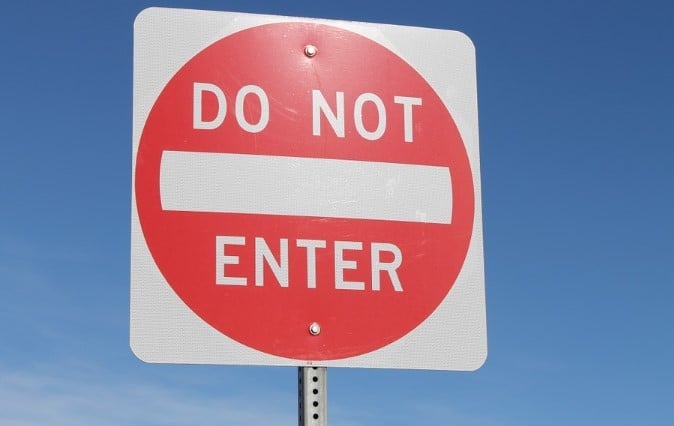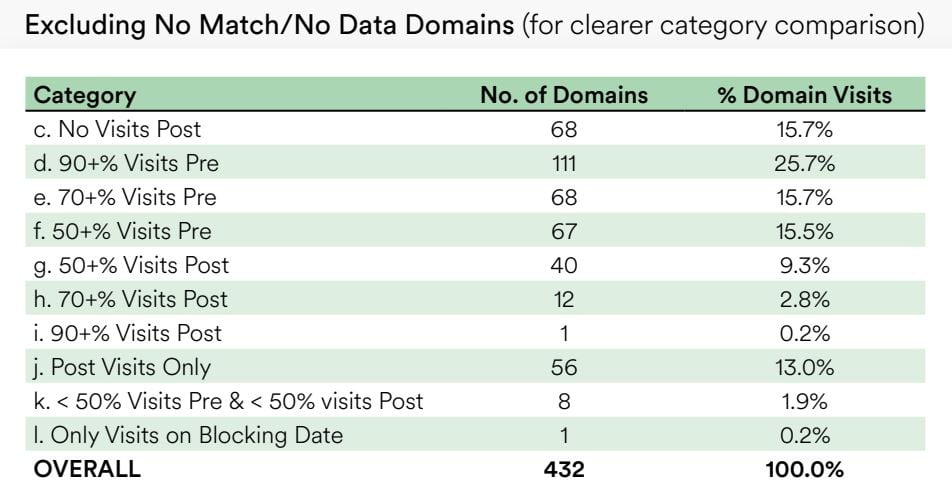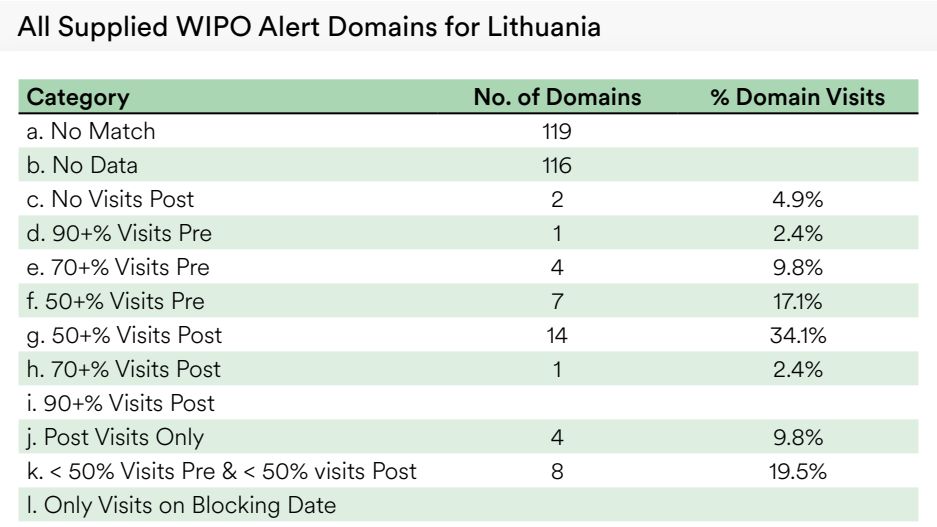
 In recent years, website blocking has become one of the most widely-used anti-piracy enforcement mechanisms in the world.
In recent years, website blocking has become one of the most widely-used anti-piracy enforcement mechanisms in the world.
ISPs in several dozen countries prevent subscribers from accessing a variety of ‘pirate’ sites. While new blocks are added every month, research on the effectiveness of these efforts is rather limited.
Piracy Blocking Research
One of the earliest pieces of academic research, based on UK data, showed that the local Pirate Bay blockade had little effect on legal consumption. Instead, pirates turned to alternative pirate sites, proxies, or VPNs to bypass the virtual restrictions.
A follow-up study added more color and brought hope for rightsholders. The research showed that once a large number of sites were blocked in the UK, overall pirate site traffic decreased. At the same time, the researchers observed an increase in traffic to legal services such as Netflix.
There have also been several reports suggesting that traffic to domains decreased after blockades were implemented. This seems logical since blocked sites should be harder to reach. However, new research published by the World Intellectual Property Organization (WIPO) suggests that’s not always true.
WIPO Alert Database
WIPO has an interest in the effectiveness of site blocking as it organizes and maintains the WIPO Alert database. This initiative gathers information on blocked domains in various participating countries, which include Spain, Greece, Italy, Korea, Peru, Lithuania, and Russia.
This online blocking repository can be used by various intermediaries to voluntarily blacklist copyright-infringing websites around the world. Advertising companies, for example, can use it to make sure that their clients’ ads don’t appear on problematic sites.
To gauge the effectiveness of site blocking, WIPO commissioned piracy tracking firm MUSO to compare traffic to pirate site domains, before and after they were blocked. The research was funded by the Republic of Korea, whose data was also part of the study.
New Research Shows Surprising Results
The findings of the study were published by WIPO earlier this month in MUSO’s “Unlicensed Demand Report“. While there are no hard conclusions to draw, there are some intriguing details that are worth highlighting.
For starters, it appears that traffic data on most blocked domains is absent. Of the 6,573 domain names in the WIPO Alert database, MUSO only has usable traffic data on 432 domains. This includes estimated site visits 90 days before a site is blocked and 90 days after.
An analysis of these 432 domains finds that, as one would predict, nearly 73% of all blocked sites saw traffic numbers decrease after the blocking orders were issued. This clearly shows that ordering Internet providers to restrict access to pirate sites works.
“The data shows that a significant proportion of blocked domains received little to no visits after being blocked. Specifically, 15.7% of domains blocked had no visits subsequent to being blocked,” the report reads.
“Furthermore, 41.4% of blocked domains had either 90% of their visits prior to blocking date or no visits at all after being blocked. This could suggest that infringing domain blocking is an effective measure for reducing traffic to piracy domains.”
Traffic Increased for Some
What’s not specifically highlighted, is the fact that more than a quarter of all blocked domains recorded more visits after they were blocked by ISPs. In other words, piracy increased for these sites.
Surprisingly, 56 domain names only received traffic after they were blocked, which is odd, to say the least.

The impact of blocking measures differs greatly from country to country, with some more effective than others. In Italy, for example, all domain names received fewer visits, but with a sample size of one, that doesn’t say much.
Regional Differences
Looking at the countries with a decent sample size, we see that in the Republic of Korea and Russia, roughly 73% of all domains receive less traffic after being blocked. This is comparable to the global average.
Nearly half of all sites blocked in Korea recorded more than 90% of visits before the blocking or simply no visits at all after being blocked.
In Lithuania, on the other hand, traffic to pirate sites mostly remained the same or even increased after blocking orders were issued. As shown below, close to half of the domains recorded the most traffic after being blocked.

The report doesn’t offer any hard conclusions, but MUSO informs TorrentFreak that if these traffic trends say anything about the success of site blocking, Russia and Korea are the most effective.
We also reached out to WIPO to hear their thoughts on the report, but the organization says that it’s still studying the findings internally.
Further Research
Overall, WIPO and MUSO’s work to measure and understand site-blocking efficacy is a positive development. That said, the report also raises some questions. Could it be that external factors partially influenced the results?
For one, MUSO used a fixed blocking date for each country, as provided by WIPO. However, typically, courts allow ISPs to block sites within a given window after an order is released, so it’s possible that some domains were still reachable after the recorded blocking date.
This delay would explain why people continue to visit the sites, and traffic might have even increased if these blocking orders hit the local news.
In addition, it would be helpful to have a larger domain sample for future research. In the current report, over 93% of all domains were discarded because they weren’t included in MUSO’s data source, or because there simply wasn’t sufficient traffic data.
- SEO Powered Content & PR Distribution. Get Amplified Today.
- PlatoData.Network Vertical Generative Ai. Empower Yourself. Access Here.
- PlatoAiStream. Web3 Intelligence. Knowledge Amplified. Access Here.
- PlatoESG. Carbon, CleanTech, Energy, Environment, Solar, Waste Management. Access Here.
- PlatoHealth. Biotech and Clinical Trials Intelligence. Access Here.
- Source: https://torrentfreak.com/some-pirate-sites-received-more-visitors-after-being-blocked-231027/



